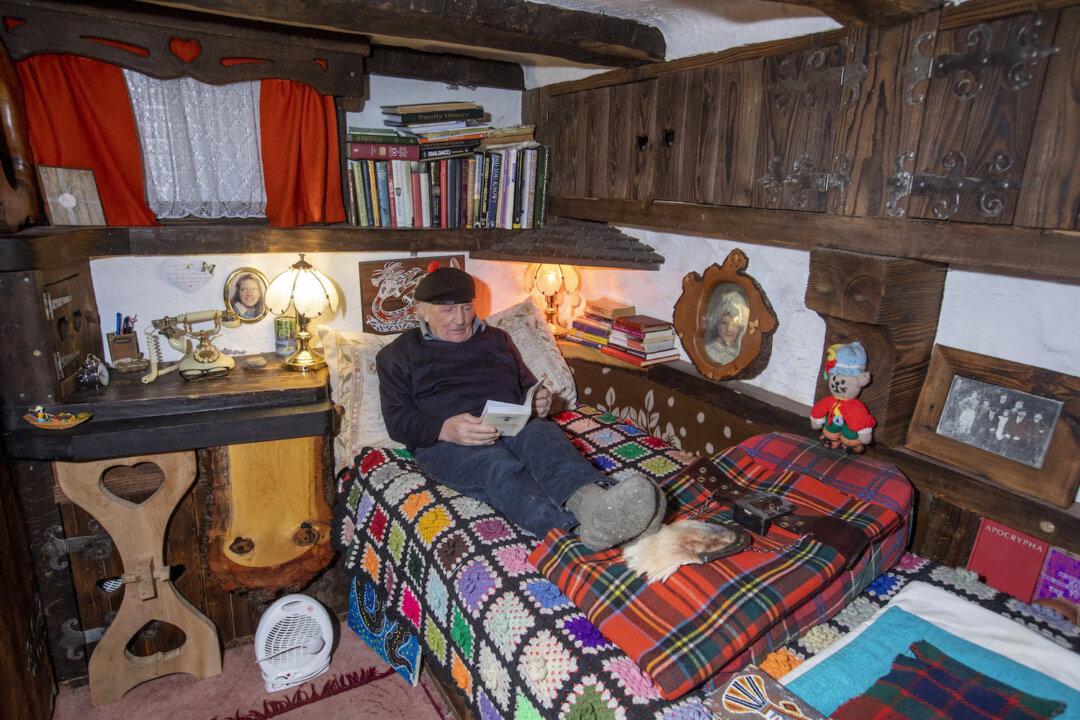MAYER, Ariz.—Bigger isn’t always better for those seeking a life of sustainable self-reliance.
Pulling the plug on the system can sometimes be a good thing—healthy and even therapeutic.

MAYER, Ariz.—Bigger isn’t always better for those seeking a life of sustainable self-reliance.
Pulling the plug on the system can sometimes be a good thing—healthy and even therapeutic.